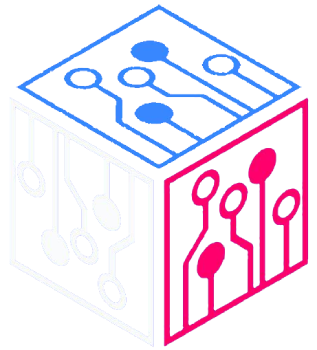In the landscape of artificial intelligence research, the quest for innovative and efficient models is relentless. Recent developments showcase a pronounced shift towards creating low-cost AI systems capable of rivaling established giants like OpenAI. Researchers from Stanford and the University of Washington have successfully implemented a process known as “distillation” to create a new reasoning model, aptly named s1. This model is designed to tap into the intelligence of larger models, specifically Google’s Gemini 2.0 Flash Thinking Experimental, highlighting a crucial trend where smaller, more manageable AI applications may reduce dependency on the vast resources traditionally associated with AI development.
The intrigue surrounding the s1 model centers on its economical design and rapid training efficiency. For an investment of merely $50, researchers were able to refine this new model within a mere 26 minutes using a carefully selected dataset of just 1,000 questions. This remarkable achievement challenges the notion that extensive datasets and high expenditures are prerequisites for developing competent AI systems. In fact, the original training pool included 59,000 questions, yet researchers discovered that reducing this number did not significantly hinder performance. The success achieved with a smaller dataset suggests that focused training on high-quality data points can yield superior results without the burdensome costs often associated with AI training.
Understanding Distillation and Its Challenges
Distillation techniques, which allow smaller models to glean insights and responses from their larger counterparts, are pivotal to the progress seen with the s1 model. However, ethical and legal ramifications arise from this practice, especially when it involves proprietary systems like Google’s Gemini. Google’s terms explicitly prohibit the use of its API to develop competing models, raising questions about compliance and intellectual property in AI research. The complexity of these restrictions underscores the delicate balance between innovation and adherence to corporate policies in a competitive environment.
Comparison with Established Models
The s1 model’s performance, particularly in mathematical reasoning where it allegedly outperforms OpenAI’s o1 reasoning model by up to 27%, marks a significant milestone. This achievement not only further validates the viability of smaller AI systems but also emphasizes a competitive landscape where traditional approaches may face disruption. The implications are vast, suggesting that major players in the AI space might no longer dominate through sheer investment alone. This shift opens doors for emerging entrants to succeed in a field previously dominated by a few large corporations.
As the foundations of AI research continue to shift with the advent of economical models like s1, major corporations like Microsoft, Meta, Google, and OpenAI may face the formidable challenge of adapting to a new era. The existence of efficient AI systems that can operate without extensive resources indicates a transformative potential across the industry. This development could spur a reevaluation of resource allocation and development strategies, challenging the assumption that only well-funded entities can produce leading-edge AI technologies.
The innovations stemming from the development of models such as s1 invite a future rife with possibilities in AI. The detection of significant performance ability in a budget-friendly model heralds not just competitive advancements but also a democratization of AI technology. As research continues and small-scale models prove their worth, a shift in industry dynamics could level the playing field, fostering creativity and encouraging novel applications of artificial intelligence across various sectors. As we witness these developments unfold, it is equally critical to engage in discussions about ethics, compliance, and the responsibilities of researchers and companies alike in navigating this uncharted territory. The rise of affordable and efficient AI models may just be the beginning of a broader transformation in how we conceive, develop, and deploy artificial intelligence solutions in the future.

